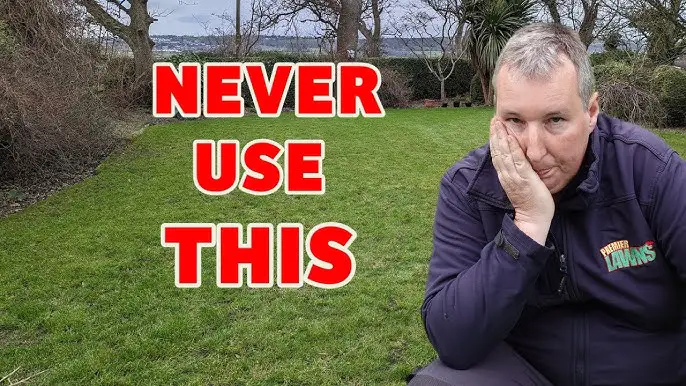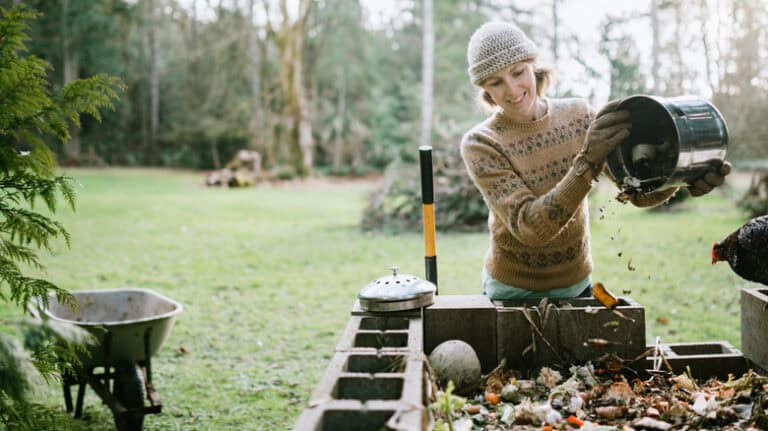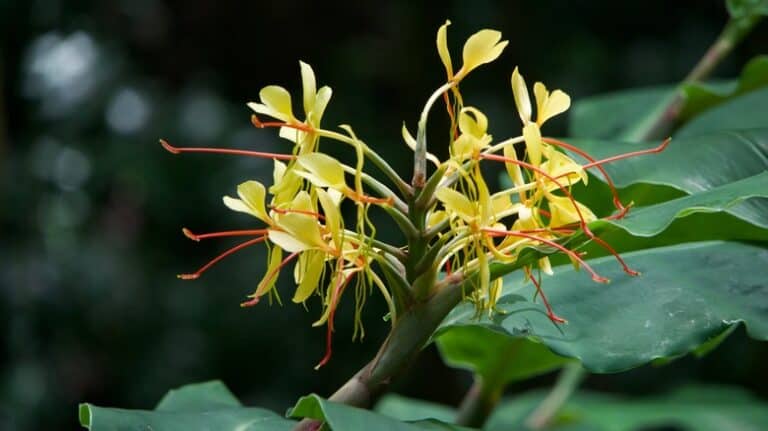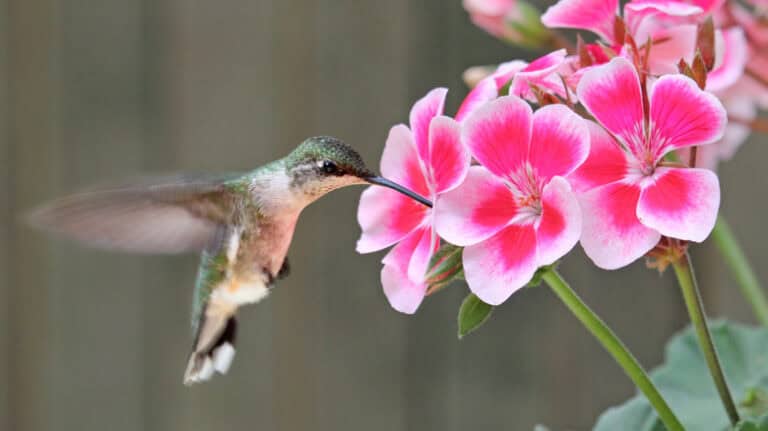Things You Should Never Do To Your Lawn In November: Expert Tips
Never mow your lawn too short in November. Don’t forget to remove fallen leaves regularly.
November is a critical month for lawn care. As temperatures drop, grass growth slows, and your lawn becomes more susceptible to damage. Proper maintenance during this period is essential for a healthy lawn come spring. Avoid mowing too short, as it can stress the grass and make it vulnerable to winter diseases.
Regularly raking and removing fallen leaves prevents mold and fungus from developing. It’s also crucial to refrain from excessive foot traffic, which can compact the soil and hinder root growth. By following these guidelines, you ensure your lawn remains lush and vibrant when warmer weather returns.
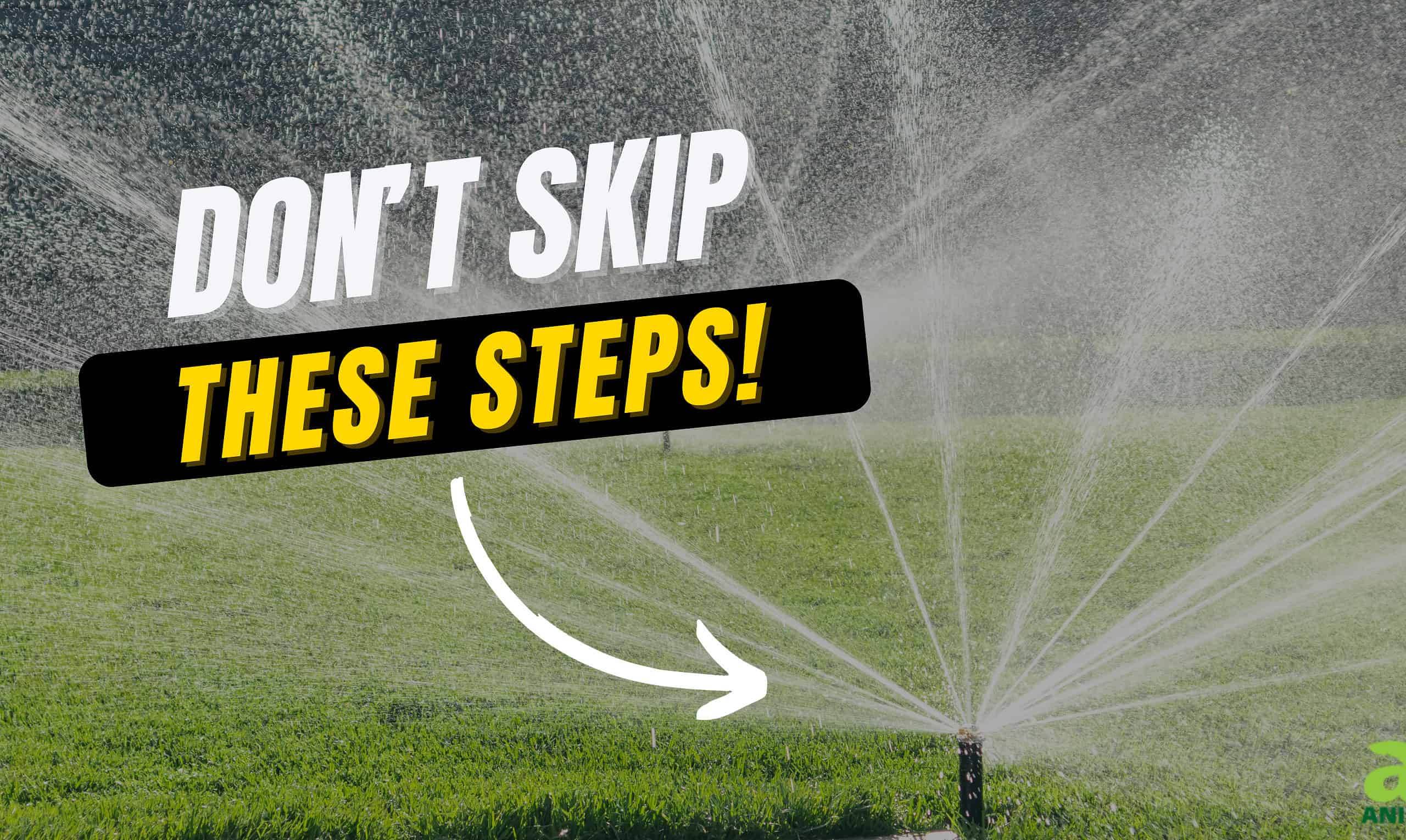
Credit: a-z-animals.com
Avoid Overwatering
In November, lawns need special care to prepare for the winter months. One of the most critical aspects is to avoid overwatering. Excess water can harm your lawn significantly during this time of year.
Prevent Root Rot
Overwatering your lawn can cause root rot. This happens when roots sit in water too long. They become soft and start to decay. This weakens the grass and makes it more susceptible to diseases. To prevent this, monitor rainfall and adjust watering schedules.
- Check soil moisture before watering.
- Water only if the soil is dry.
- Reduce watering frequency in cooler temperatures.
Winterize Irrigation Systems
Before winter sets in, it’s crucial to winterize irrigation systems. If you leave water in the pipes, it can freeze. This can cause pipes to burst, leading to costly repairs.
- Turn off the main water supply to the irrigation system.
- Drain all water from the pipes.
- Use an air compressor to blow out any remaining water.
Winterizing your irrigation system ensures it stays in good condition. This also prevents accidental overwatering during the cold months.
Skip Fertilizing
November is a crucial month for lawn care. Many homeowners may think it’s a good idea to fertilize their lawn. This is a common misconception. Skipping fertilizing in November can actually benefit your lawn in the long run. Let’s explore why.
Harmful Nutrient Build-up
Fertilizing in November can cause a harmful nutrient build-up in the soil. This can lead to several issues:
- Excess nutrients can burn the grass.
- It can disrupt the natural soil balance.
- Over-fertilization can harm beneficial microbes.
- It can lead to water pollution due to runoff.
These issues can weaken your lawn, making it more susceptible to diseases and pests. It’s important to understand the right time to fertilize.
Optimal Fertilizing Times
Knowing the optimal fertilizing times ensures your lawn gets the nutrients it needs. Here’s a simple guide:
| Season | Fertilizing Time |
|---|---|
| Spring | Early Spring |
| Summer | Early Summer |
| Fall | Early Fall |
Fertilizing during these times helps your lawn grow strong and healthy. It also ensures the nutrients are used efficiently, preventing waste and damage.
In November, the grass is preparing for winter dormancy. Fertilizing during this time can interfere with this natural process. Instead, focus on other lawn care tasks like raking leaves and aerating the soil.
Don’t Mow Too Short
Mowing your lawn too short in November can cause many problems. Your lawn needs to prepare for the winter months ahead. Keeping the grass at the right height is crucial. Let’s explore why mowing too short is bad and what the ideal mowing heights are.
Grass Health Risks
Cutting your grass too short can harm its health. Short grass is more prone to diseases and pests. It also loses moisture more quickly. This can lead to brown patches and weak grass. Short grass roots don’t grow deep, making the lawn less resilient.
Ideal Mowing Heights
November is a transition month. You should aim to keep your grass a bit longer. Here are some ideal mowing heights for different grass types:
| Grass Type | Ideal Height (inches) |
|---|---|
| Kentucky Bluegrass | 2.5 to 3.5 |
| Fescue | 3 to 3.5 |
| Ryegrass | 2.5 to 3.5 |
Keeping the grass at these heights helps it stay strong. Longer grass blades provide better insulation against cold. They also allow the grass to photosynthesize more effectively, storing energy for winter.
- Kentucky Bluegrass: 2.5 to 3.5 inches
- Fescue: 3 to 3.5 inches
- Ryegrass: 2.5 to 3.5 inches
Regularly check your lawn mower blades. Sharp blades make clean cuts. This reduces stress on the grass. Avoid cutting more than one-third of the grass height at a time.

Credit: q985online.com
Leave Leaves Unattended
November brings falling leaves, but leaving them on your lawn is a mistake. Ignoring fallen leaves can harm your grass and soil. Let’s explore why you should not leave leaves unattended on your lawn.
Prevent Lawn Suffocation
Leaves form a thick layer when left untouched. This layer blocks sunlight and air from reaching the grass. Your lawn needs sunlight to grow healthy and strong. Without it, your grass may die or become weak.
The lack of air circulation can lead to mold and disease. These problems can destroy your lawn quickly. Prevent lawn suffocation by removing leaves regularly.
Effective Leaf Management
Managing leaves effectively keeps your lawn healthy. You can rake the leaves into piles and bag them. Another option is to use a leaf blower to gather them.
Mulching is also a great choice. Mulch the leaves with your mower to create tiny pieces. These pieces decompose and add nutrients to the soil. This process helps your lawn stay green and lush.
Creating a compost pile with leaves is another idea. Composting turns leaves into rich soil for your garden. This method recycles leaves and benefits your plants.
Here’s a quick guide to effective leaf management:
- Rake leaves into piles and bag them.
- Use a leaf blower to gather leaves.
- Mulch leaves with a mower.
- Create a compost pile.
Proper leaf management is crucial in November. Follow these steps to keep your lawn healthy and beautiful.
Ignore Soil Compaction
Ignoring soil compaction can harm your lawn in November. Compacted soil restricts water, air, and nutrients from reaching the roots. As a result, your lawn may appear unhealthy and patchy.
Aeration Benefits
Aeration involves creating small holes in the soil to allow air, water, and nutrients to penetrate the grassroots. This process helps in breaking up compacted soil.
- Improves water absorption: Aeration allows water to reach the roots.
- Enhances nutrient uptake: Roots can access nutrients more easily.
- Reduces runoff: Water is absorbed rather than running off.
Aeration also promotes stronger roots and healthier grass. It enhances the lawn’s resilience against pests and diseases.
Signs Of Compaction
Identifying soil compaction is crucial. Here are some common signs:
- Pooling water: Water puddles on the surface after rain.
- Thin grass: Grass growth is sparse and uneven.
- Hard soil: Soil feels hard when you step on it.
Examining your lawn for these signs can help you address compaction issues early. Early intervention leads to a healthier lawn.
Forget About Weeds
As November arrives, your lawn needs special care. One crucial task is weed control. Ignoring weeds now can lead to problems later. Below, we’ll cover why you shouldn’t forget about weeds in November.
Winter Weed Growth
Winter weeds can take over your lawn. They grow even in cold weather. These weeds compete with your grass for nutrients. Weeds like chickweed and henbit thrive in winter. Ignoring them now means more work in spring.
Here is a table of common winter weeds:
| Weed Name | Characteristics |
|---|---|
| Chickweed | Small, white flowers |
| Henbit | Purple flowers, square stems |
| Annual Bluegrass | Light green color |
These weeds can quickly spread if left unchecked. Controlling them now saves you time and effort later.
Pre-emergent Herbicides
Using pre-emergent herbicides in November helps. These herbicides prevent weeds from sprouting. Apply them before the first frost. This gives the herbicide time to work.
Steps to apply pre-emergent herbicides:
- Choose a suitable herbicide for your lawn type.
- Read the label for application rates.
- Use a spreader for even distribution.
- Water your lawn after application.
Applying pre-emergent herbicides correctly ensures your lawn stays healthy. This step is crucial for a weed-free lawn in spring.
Remember, weed control in November sets the stage for a lush lawn year-round.
Neglect Pest Control
As November rolls in, many homeowners think lawn care ends. This is a big mistake. Neglecting pest control can spell disaster for your lawn. Pests may hibernate or hide, but they are still there. These pests can cause significant damage to your lawn during winter months. Proper pest control ensures a healthy lawn for spring.
Common Winter Pests
Some pests are more active in winter. Knowing them helps you take action.
- Grubs: They burrow deep into the soil and feed on roots.
- Voles: Small rodents that create tunnels and eat grass roots.
- Sod Webworms: Larvae that feed on grass blades, causing brown spots.
- Armyworms: Moth larvae that can strip grass of its leaves.
Preventative Measures
Preventing pests is easier than dealing with an infestation. Follow these steps:
- Regular Inspection: Check your lawn for signs of pests.
- Mow Properly: Keep your grass at the right height.
- Remove Debris: Clear leaves and twigs to reduce hiding spots.
- Water Wisely: Avoid overwatering, as it attracts pests.
- Aerate Soil: Helps promote healthy root growth and reduce pests.
- Use Natural Predators: Encourage birds and beneficial insects.
- Apply Pesticides: Use eco-friendly options only when needed.
By taking these steps, your lawn stays pest-free. Your grass will be ready to thrive in spring. Always stay vigilant and proactive.
Ignore Lawn Equipment
Ignoring your lawn equipment in November can cause serious problems. Proper care ensures your tools last longer and work efficiently. Follow these guidelines to keep your lawn equipment in top shape.
Winterizing Tools
Winterizing your lawn tools is essential for their longevity. Start by cleaning all equipment thoroughly. Remove dirt, grass, and debris to prevent rust and damage.
- Drain fuel: Run the engine until the fuel tank is empty.
- Change the oil: Fresh oil prevents engine corrosion.
- Remove batteries: Store batteries in a cool, dry place.
- Check blades: Sharpen or replace dull blades.
Maintenance Tips
Regular maintenance keeps your lawn tools in excellent condition. Follow these tips to ensure peak performance:
- Inspect belts and hoses: Replace any worn or cracked parts.
- Lubricate moving parts: Use oil or grease on joints and hinges.
- Check tire pressure: Inflate tires to the recommended pressure.
- Store properly: Keep tools in a dry, sheltered area.
| Task | Frequency |
|---|---|
| Clean equipment | After each use |
| Check blades | Monthly |
| Change oil | Seasonally |
| Inspect belts and hoses | Seasonally |
Taking these steps will keep your lawn tools in great condition. Proper care now means a healthier lawn next spring.
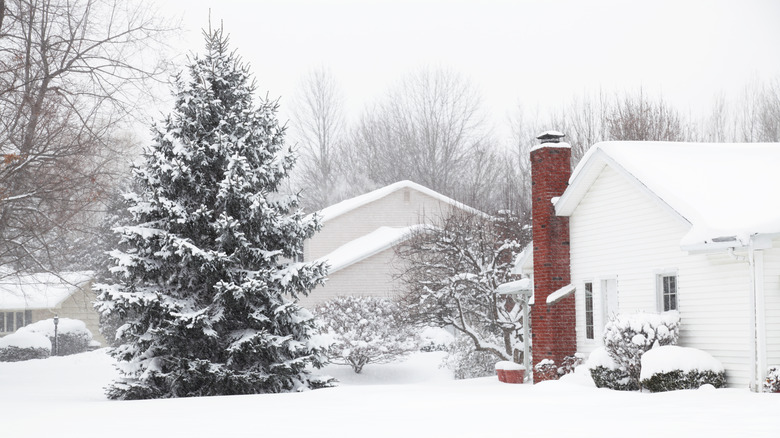
Credit: www.outdoorguide.com
Frequently Asked Questions
Should You Mow Your Lawn In November?
No, mowing your lawn in November can stress the grass. It’s better to let it grow and protect the roots.
Is It Okay To Fertilize In November?
Fertilizing in November is not recommended. The grass won’t utilize nutrients efficiently during the colder months.
Can You Water Your Lawn In November?
Avoid watering your lawn in November. Excess moisture can lead to fungal growth and other lawn diseases.
Conclusion
Maintaining your lawn in November requires care and attention. Avoid common mistakes to keep it healthy. Remember, proper lawn care now ensures a lush, green yard come spring. Follow these tips, and your lawn will thank you. Stay informed and enjoy a beautiful, vibrant lawn year-round.

